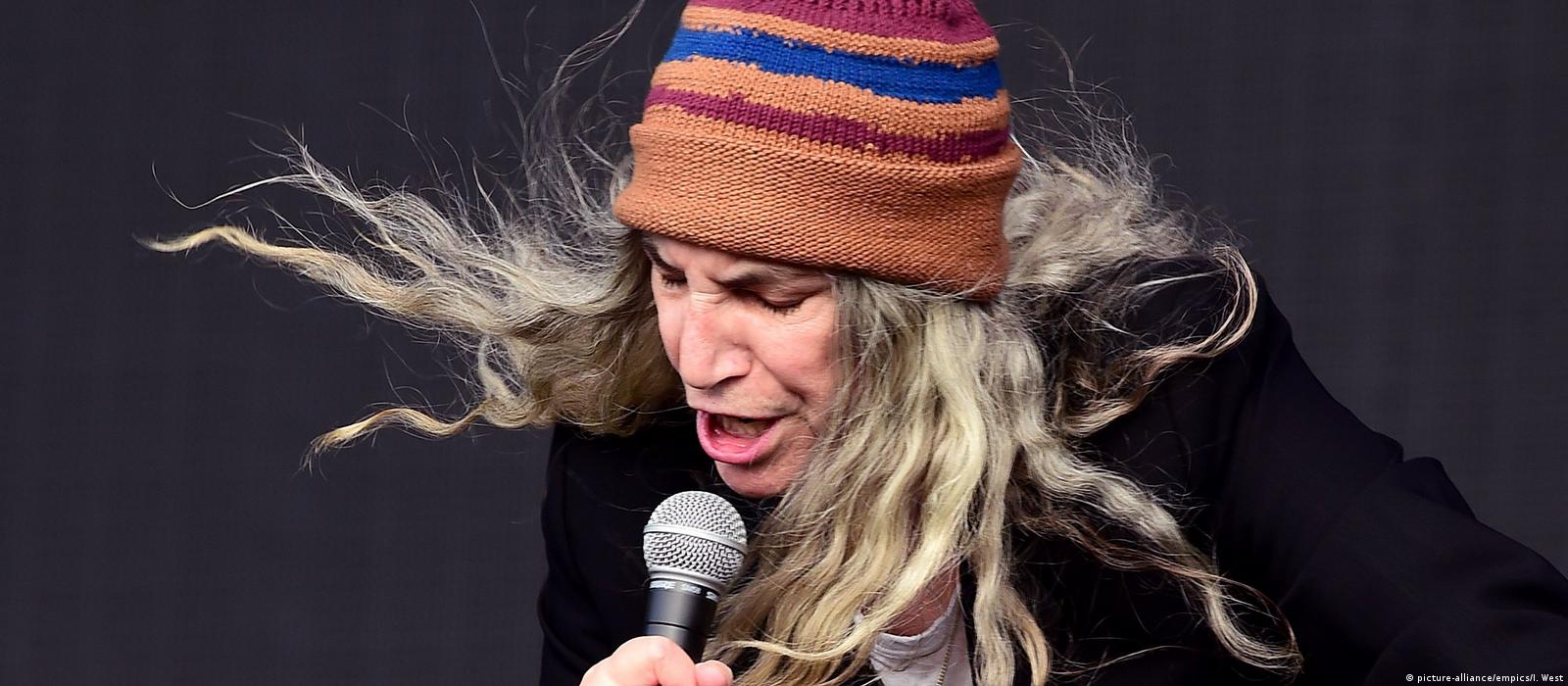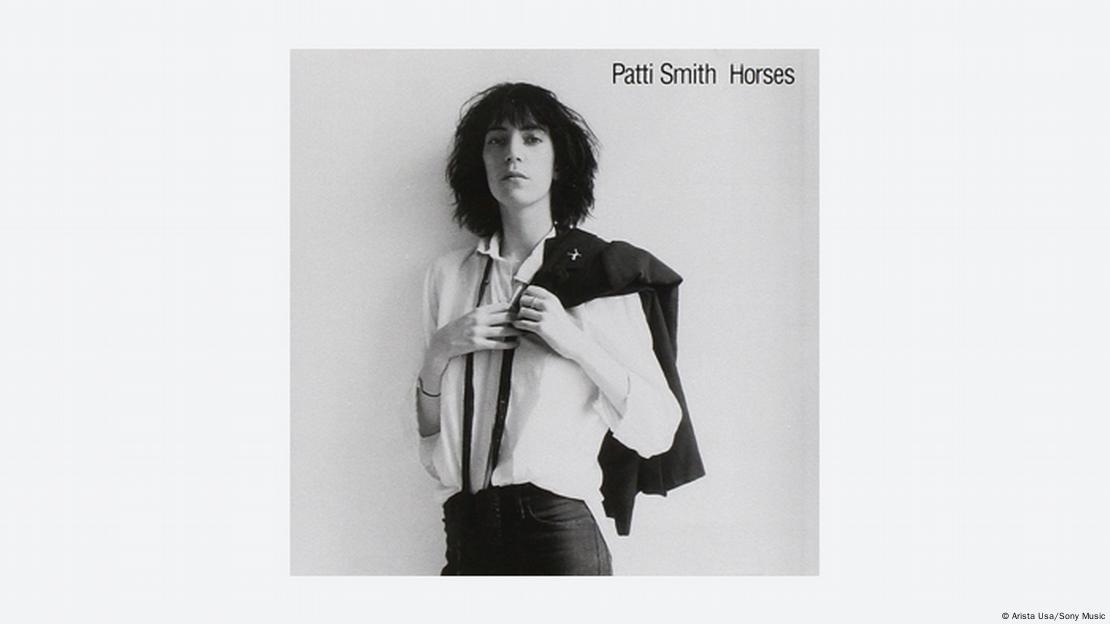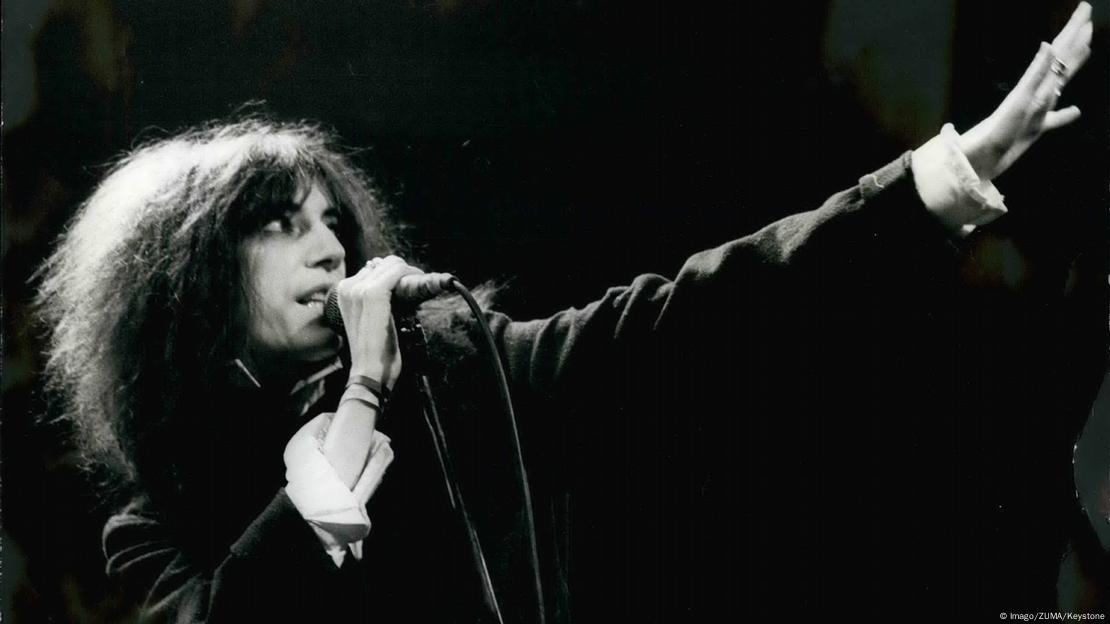11/01/22

Known as a good administrator but dull politician, Brazil's business-friendly centrist Geraldo Alckmin is the wingman leftist president-elect Luiz Inacio Lula da Silva is betting on to help mend a deeply divided country.
The vice president-elect and his boss are not exactly an obvious match: Alckmin ran against then-president Lula in Brazil's 2006 election, losing badly in the runoff.
But they decided to team up, they say, to defeat a common enemy: far-right incumbent Jair Bolsonaro.
"People might think it's strange," Alckmin said in March when he became Lula's running-mate for the hard-fought election that ended with their victory in a runoff election Sunday.
"I ran against Lula in 2006. But we never put the very issue of democracy at risk."
Lula on Tuesday appointed Alckmin to lead the transition with the outgoing administration.
Alckmin, 69, rose to prominence as governor of Sao Paulo, Brazil's biggest and wealthiest state, in the 2000s and 2010s. The mild-mannered anesthesiologist earned a reputation as a solid managerial type and was well-liked by the business and financial sectors.
But he had fallen into political oblivion, winning less than five percent of the vote in the first round of the 2018 presidential race, which brought Bolsonaro to power.
A co-founder of the center-right Brazilian Social Democracy Party (PSDB), long the main rival to Lula's Workers' Party (PT), Alckmin switched to the center-left Brazilian Socialist Party (PSB) so he could do the once-unthinkable and stand as the ex-metalworker's VP.
"We have to open our eyes and have the humility to see that today, (Lula) is the person who best reflects and interprets the Brazilian people's sense of hope for the future," Alckmin said.
A few years back, he had fewer kind words for the former -- and now future -- president.
"After bankrupting Brazil, Lula says he wants to be president again. In other words, friends, he wants to return to the scene of the crime," Alckmin said in 2017.
But Lula wanted a business-friendly running mate to help him mount a big-tent campaign with broad appeal, winning back centrist voters still stinging from the huge recession and corruption scandals that marked the end of the PT's years in power (2003-2016).
Lula, 77, has been here before: his VP when he was president was center-right businessman Jose Alencar, who helped convince wary markets the ex-union leader was serious about orthodox economic policies.
As with Alencar, there appears to be little risk Lula will be overshadowed by Alckmin, a politician nicknamed "xuxu popsicle" -- a reference to a bland vegetable common in Brazil.
"I'm not a showman. If you want to see a show, go watch a comedian," the bald, bespectacled Alckmin once said.
Born in Pindamonhangaba, a small city outside Sao Paulo, Alckmin grew up in a devout Catholic family.
He was a city councilman and mayor before winning a seat in Congress and eventually the governorship.
Despite his clean-cut reputation, he did not escape unscathed from the massive "Car Wash" corruption investigation that stained a laundry list of politicians and business executives in Brazil, Lula chief among them.
Managers at construction giant Odebrecht listed Alckmin among the politicians who allegedly received illegal campaign donations.
He was never charged.






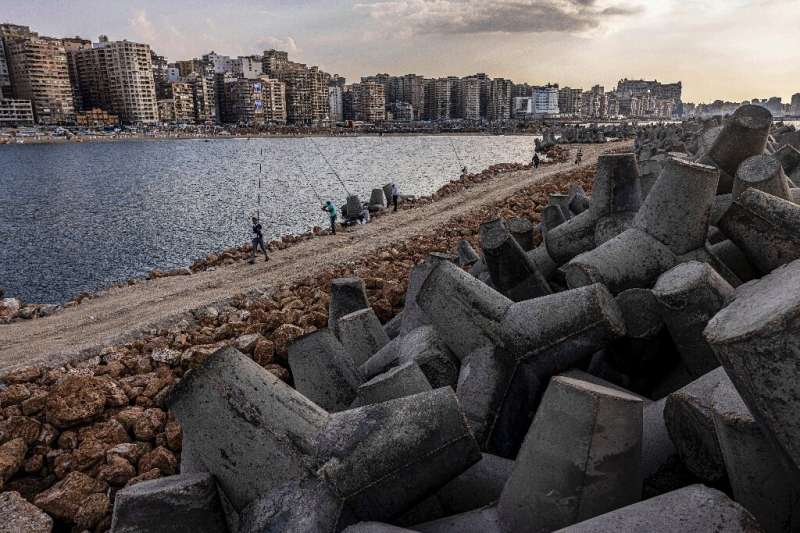
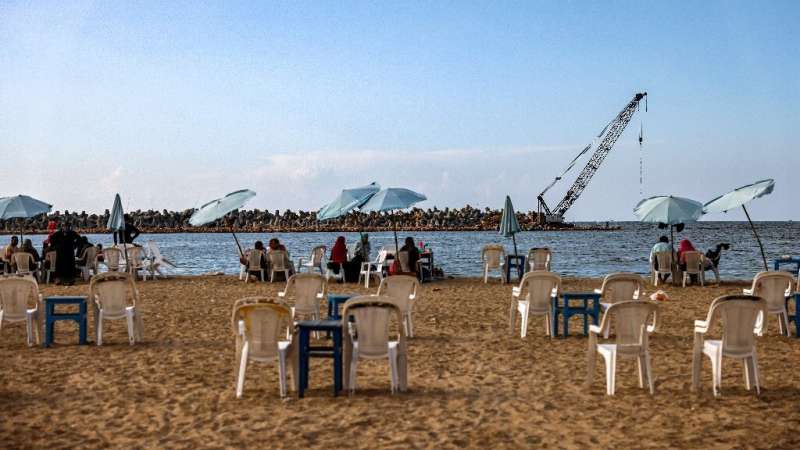
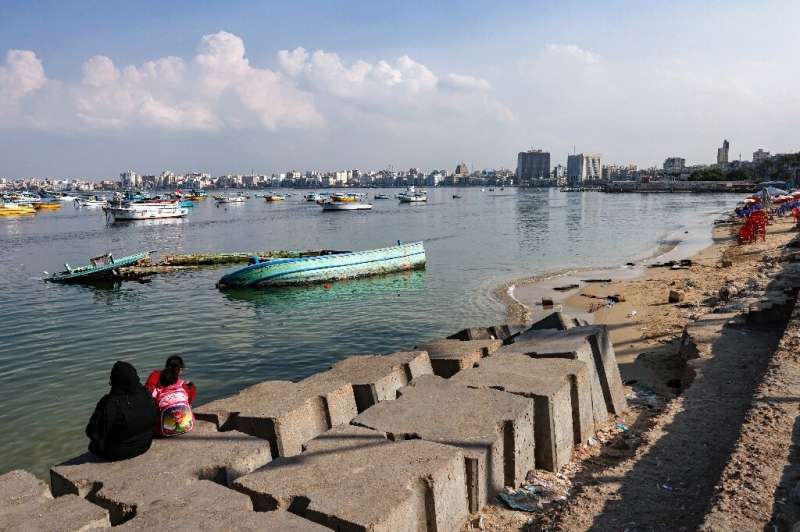
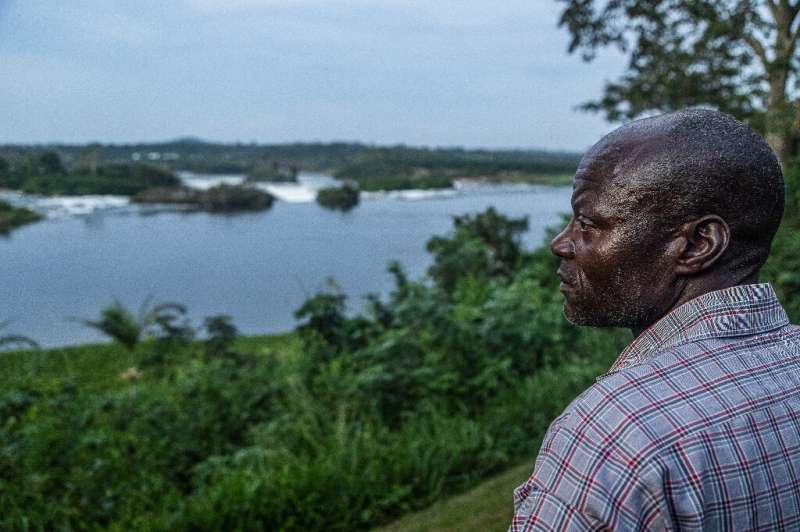
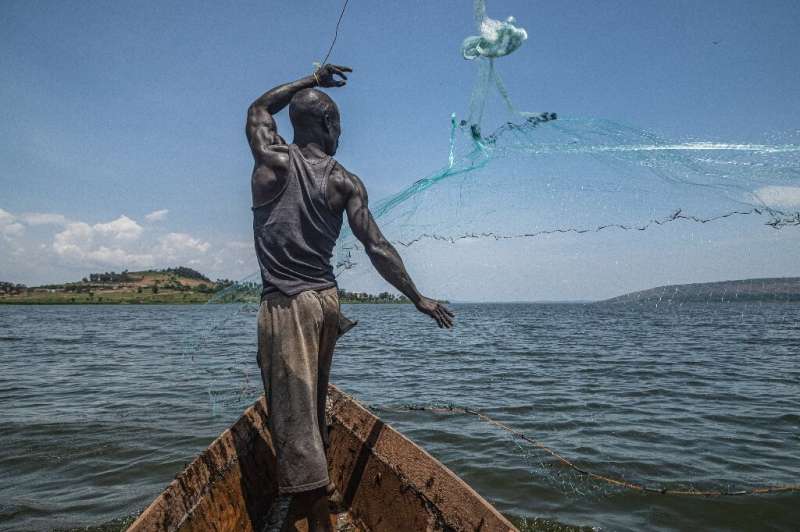
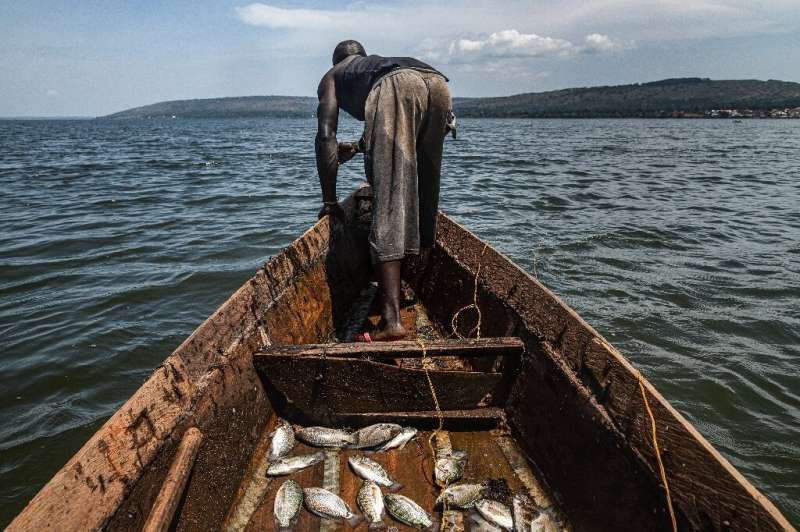
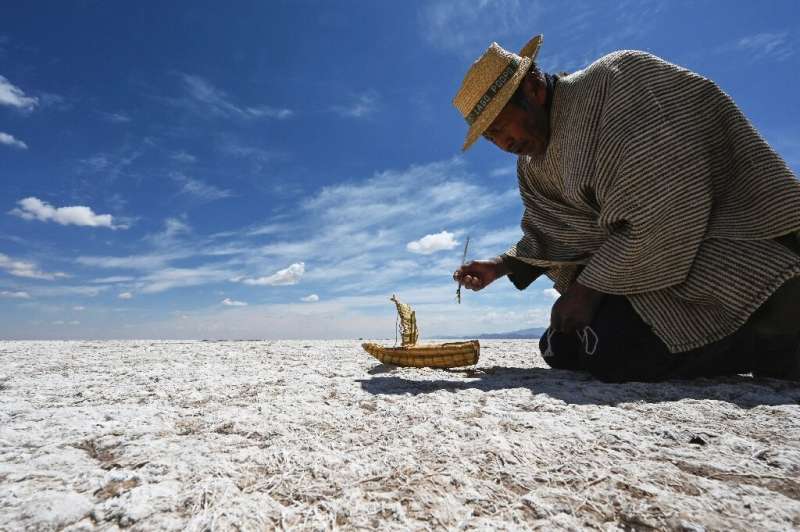 Felix Mauricio is a former fisherman who had built a life around a lake that is now gone.
Felix Mauricio is a former fisherman who had built a life around a lake that is now gone.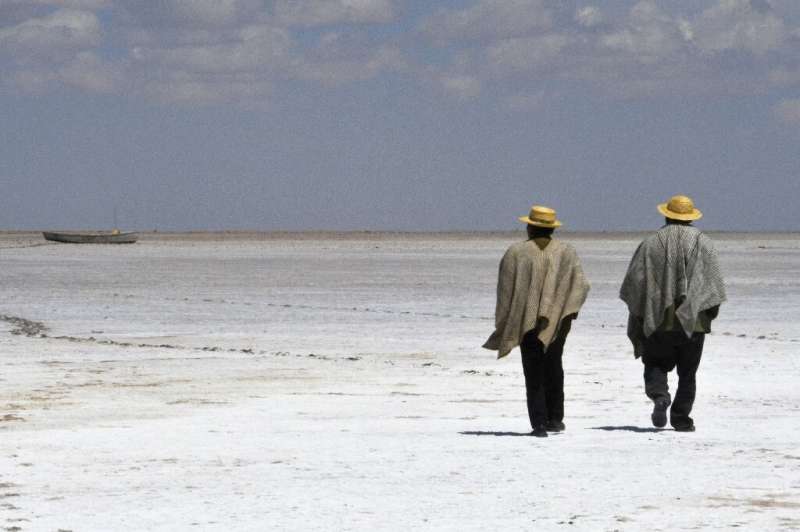
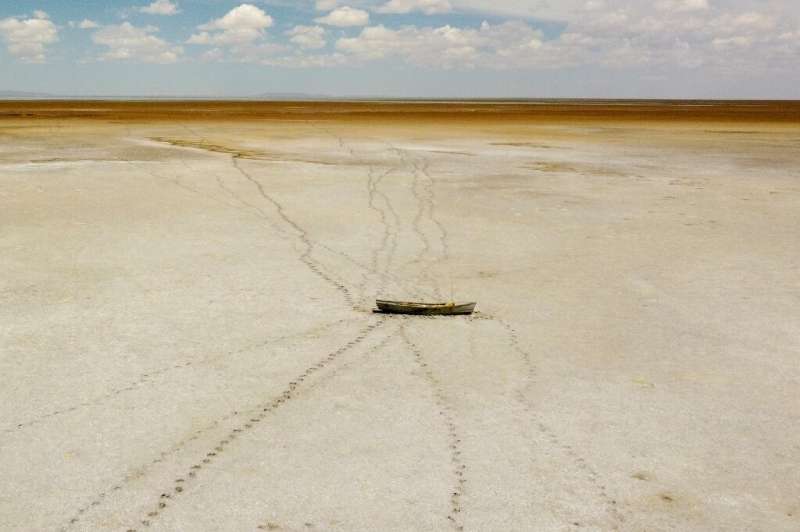
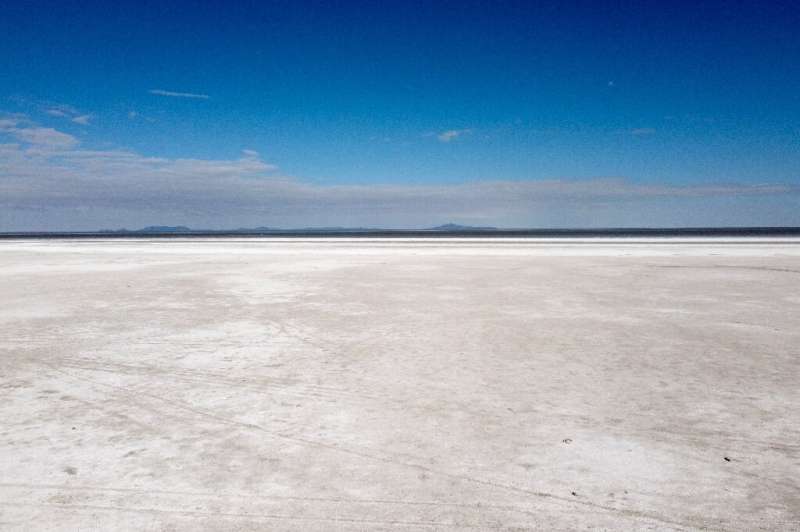
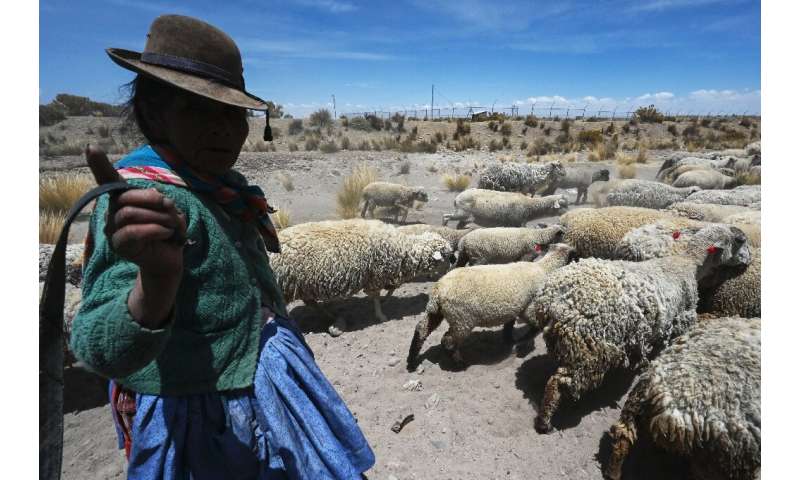

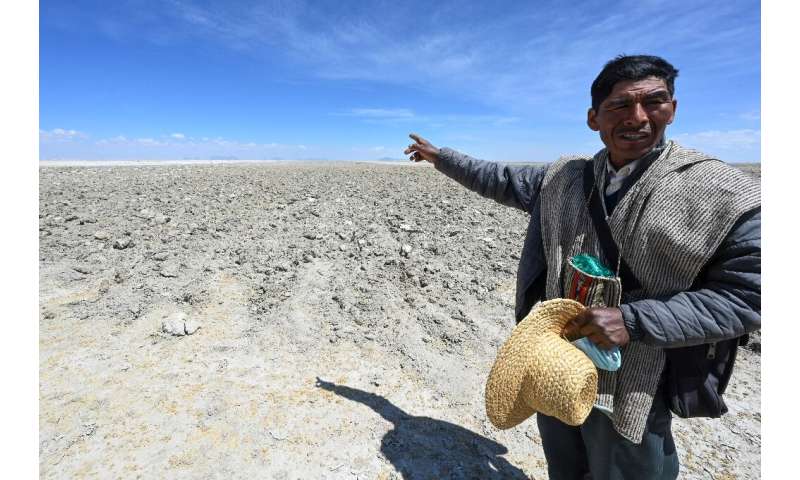

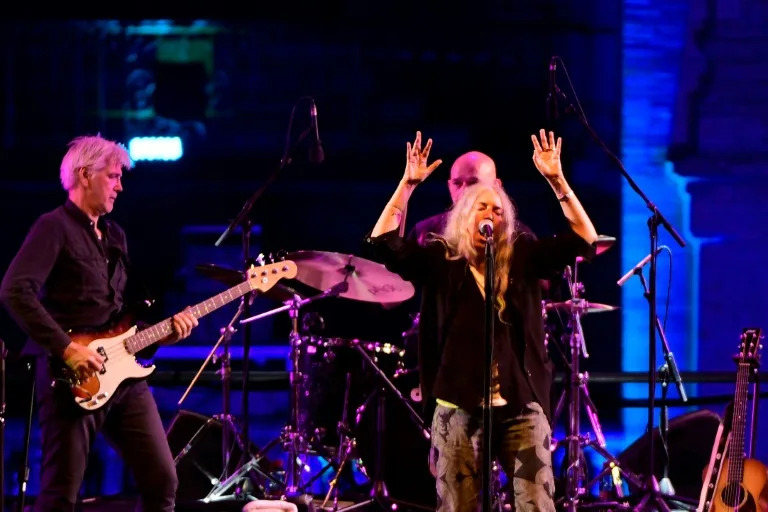
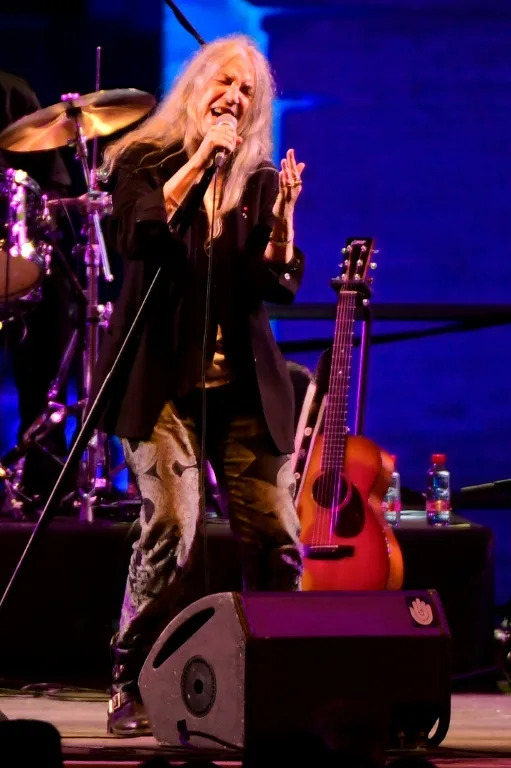

:quality(70)/cloudfront-us-east-1.images.arcpublishing.com/culturacolectiva/JUFS4I3TMFBLRCJRKFKQMXQS4Y.png)
:quality(70)/cloudfront-us-east-1.images.arcpublishing.com/culturacolectiva/GPN2BL3BUZASBAV4QJ5LQOH4UE.jpg)
:quality(70)/cloudfront-us-east-1.images.arcpublishing.com/culturacolectiva/BH4GKRYLQFDILJCL36A3EGDJCM.jpg)
:quality(70)/cloudfront-us-east-1.images.arcpublishing.com/culturacolectiva/DGSF3U6WPFEANETVRYJK6HQEVA.jpg)
:quality(70)/cloudfront-us-east-1.images.arcpublishing.com/culturacolectiva/TZLUZE3JTVAPJODZRHXPUI2XGY.jpg)
:quality(70)/cloudfront-us-east-1.images.arcpublishing.com/culturacolectiva/WOMUGF5LUNDM3P3OPJFBKR42XI.jpg)
